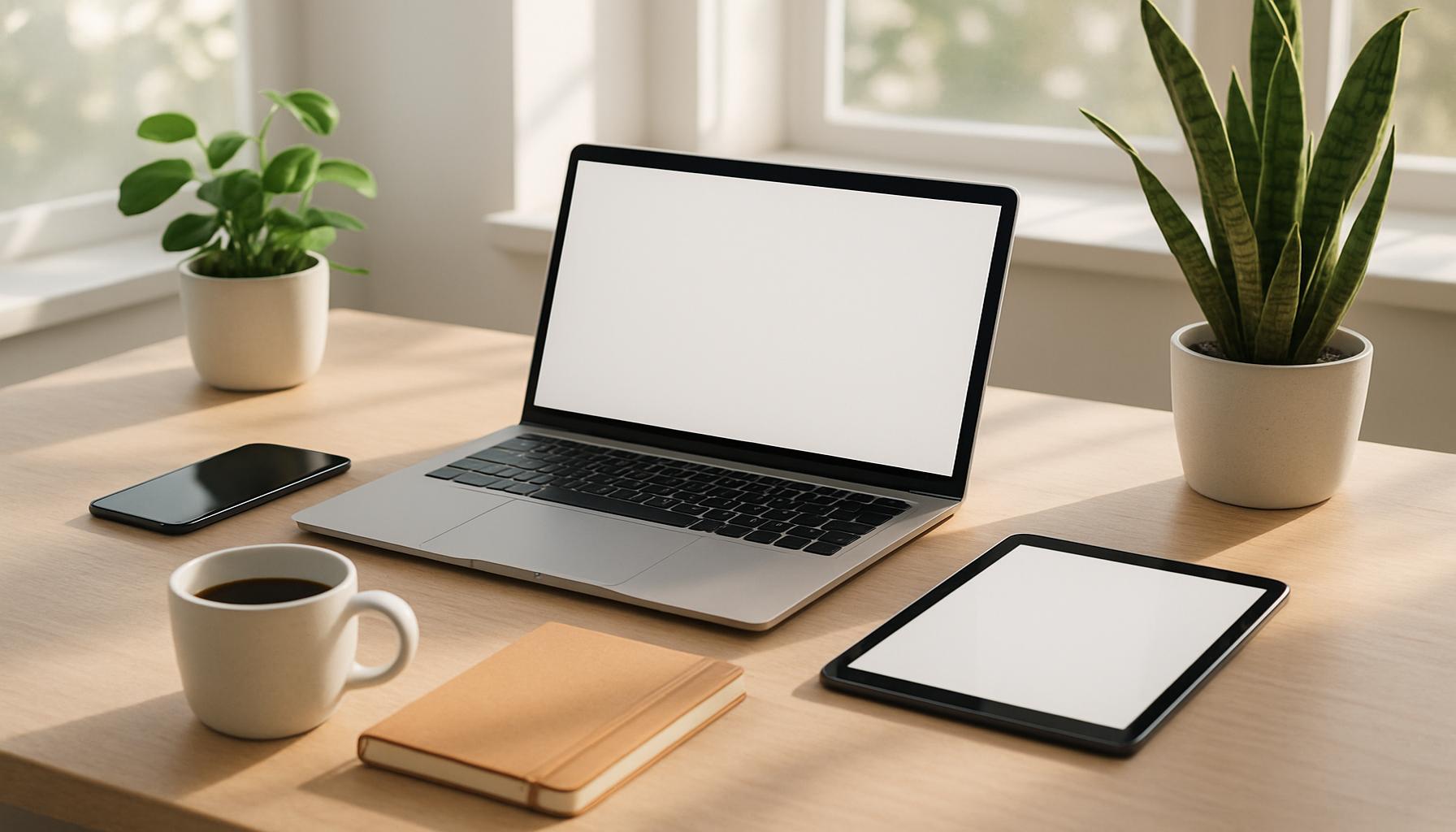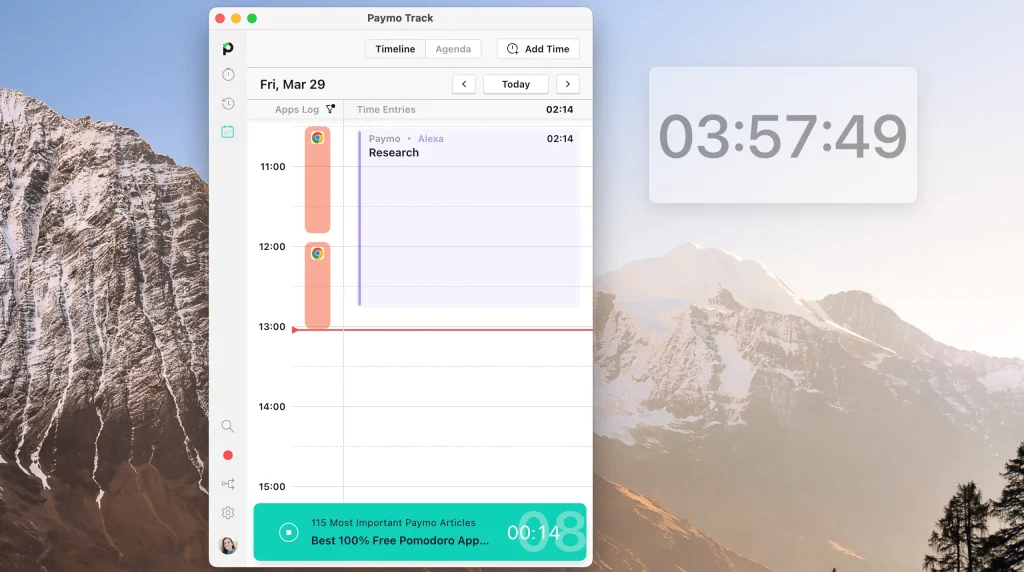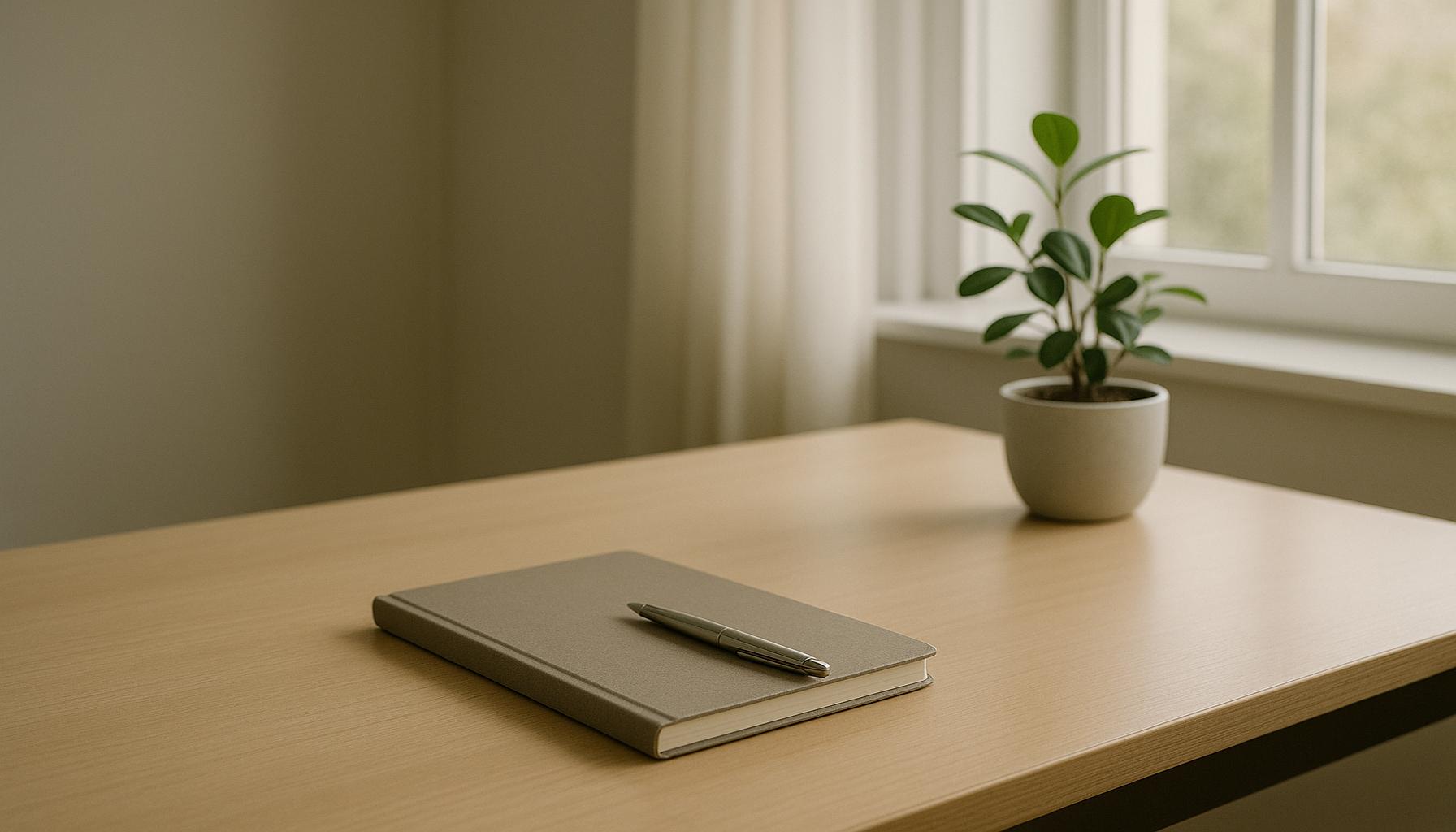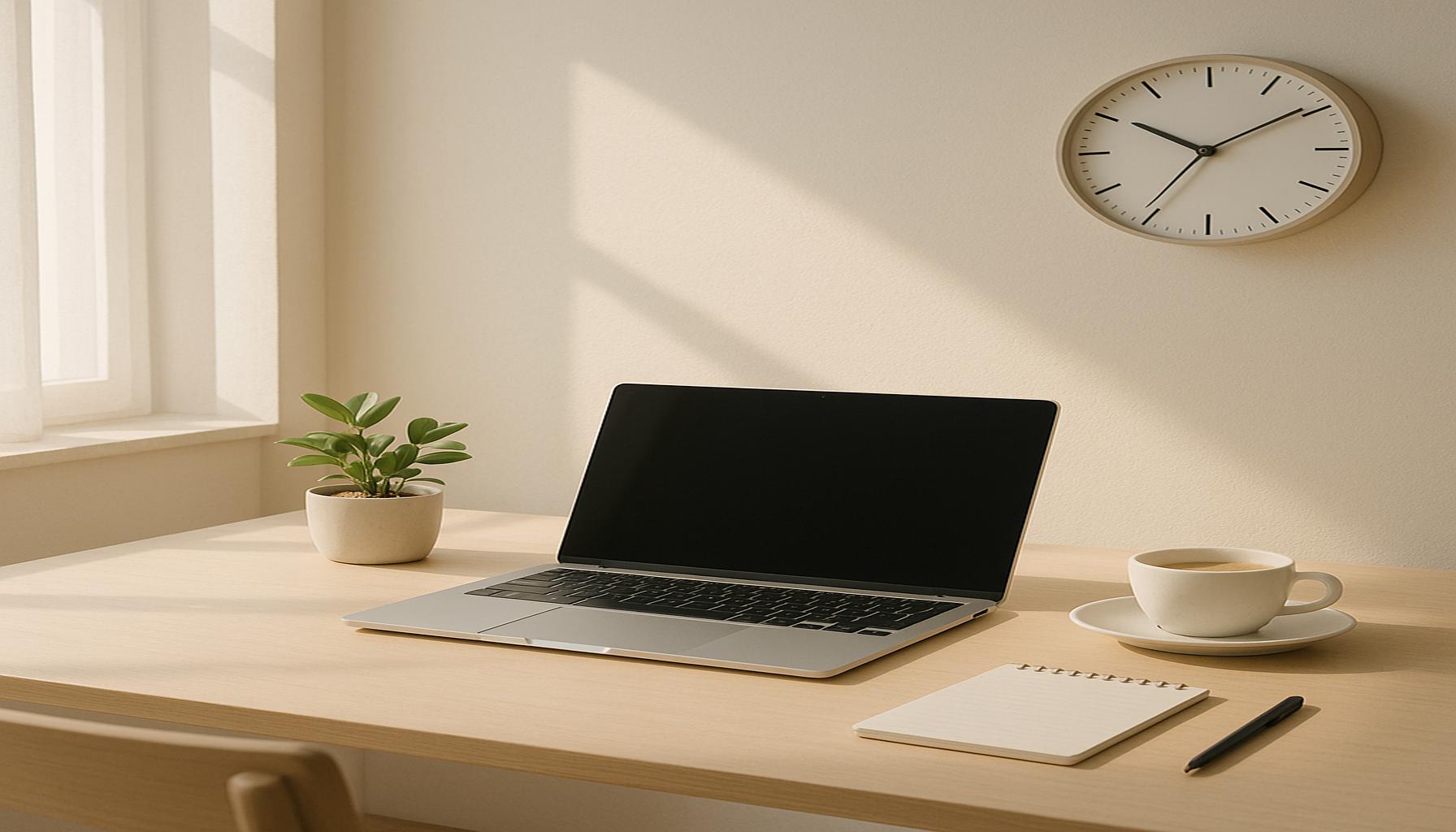Boost Personal Efficiency with Digital Minimalism Techniques

Introduction
In today’s fast-paced world, the barrage of digital distractions can significantly hinder our productivity. Each notification, email, or app alert pulls our attention away, scattering focus and diluting efficiency. Digital minimalism emerges as a powerful tool for reclaiming focus and enhancing personal efficiency. It lays the foundation for a lifestyle where individuals prioritize meaningful interactions and projects by eliminating the excess digital clutter that clogs our devices and minds.
This approach seamlessly integrates with the broader principles of minimalism, which advocate for simplifying life to enhance overall well-being. Just as traditional minimalism calls for reducing physical clutter, digital minimalism requires a critical assessment of online habits. By trimming down unnecessary digital noise, individuals are empowered to foster better organization and indulge in a more intentional lifestyle.
The benefits of digital minimalism extend beyond mere productivity. It encourages users to establish a healthier relationship with technology, allowing for deeper connections in the real world. Researchers have associated excessive screen time with increased stress and decreased interpersonal relationships, making digital minimalism a necessary pursuit in today’s connected age.
In this article, we will explore the Top 5 Digital Minimalism Techniques that can elevate your personal efficiency. These methods not only promise to streamline your digital experience but also empower you to take control of your time and attention. By implementing these strategies, individuals can transform how they interact with technology, leading to enhanced focus, reduced stress, and a more balanced lifestyle.
Top 5 Ways to Boost Personal Efficiency Through Digital Minimalism
In today’s fast-paced world, where we’re continually inundated with information from various digital sources, mastering the art of digital minimalism can be a game-changer for enhancing both personal and professional efficiency. This contemporary philosophy emphasizes simplicity within the digital sphere, offering respite from constant notifications and distractions that can clutter our lives. By adopting digital minimalism, one can significantly refine focus and productivity. In this article, we explore five impactful strategies to streamline your digital existence—from least to most transformative. Let’s delve into the art of simplifying your digital life to boost efficiency.

5. Prioritize Essential Apps
One of the foundational steps in digital minimalism is to prioritize essential apps—a task that may seem simple but demands careful consideration. Recent reports suggest that the average person switches between 30 different apps in a day, creating a labyrinth of distractions and inefficiencies.
To sift through this digital noise, start by examining your daily routine to identify applications that actively support your tasks and goals. Aim to retain only those apps that significantly contribute to your productivity and well-being. This may mean deactivating or deleting non-essential apps, limiting your selection to a core group of 5 to 10 indispensable tools. By concentrating only on the apps that truly matter, you can diminish decision fatigue—where constant decision-making overloads your cognitive resources—allowing you to focus your mental energy on meaningful activities.
4. Optimize Your Digital Workspace
Enhancing personal efficiency requires an organized virtual environment, much like a tidy physical workspace. An optimized digital workspace goes beyond mere aesthetics, impacting your workflow and mindset by reducing unnecessary distractions.
Consider implementing a systematic approach to file storage by categorizing files into folders, utilizing clear and consistent naming conventions. For instance, project-specific folders can aid quick access and reduce time spent searching for documents. Your email inbox also demands attention; a cluttered inbox can overwhelm you with irrelevant information and hide significant content. Unsubscribe from newsletters and mailing lists that no longer serve your interests, and consider using filters or tags to prioritize important emails. Thus, organizing your digital workspace not only declutters your screen but also aligns your digital tools with your efficiency objectives, directing your focus to essential tasks.
3. Set Boundaries for Screen Time
In an era where screens dominate our day, setting boundaries for screen time is crucial for safeguarding your mental clarity and productivity. The influx of notifications and alerts can incessantly interrupt your workflow, engendering a decline in concentration and efficiency.
To mitigate this, designate fixed time slots for email and social media use, resisting the urge to check them impulsively throughout the day. This method allows for uninterrupted blocks of time dedicated to deep work. Additionally, leveraging the ‘Do Not Disturb’ feature on devices during focused periods will minimize interruptions and maximize workflow. Monitoring your digital consumption using screen time apps can also provide insights into usage patterns, enabling necessary adjustments. By enforcing these boundaries, you regain control over your time, harnessing it more productively.
2. Embrace Mindful Consumption of Information
The digital world is teeming with information, often leading us to consume data indiscriminately. Embracing mindful consumption of information helps sift essential knowledge from trivial data, thereby enriching your mental input and fostering greater efficiency.
Mindful consumption starts with curating social media feeds to prioritize content that genuinely inspires or adds value to your life. This practice helps avoid becoming overwhelmed with data that doesn’t align with your objectives. Furthermore, allocate dedicated reading time for materials that contribute to personal growth or skill development. Select trusted sources for news to minimize misinformation and media-induced stress. Through selective engagement with information, you maintain cognitive equilibrium, focusing only on quality content that enriches your endeavors.
1. Implement a Digital Detox
The concept of a digital detox emerges as a powerful strategy at the pinnacle of digital minimalism, offering profound benefits for personal efficiency. Disconnecting from digital devices and online activities, even temporarily, allows for rejuvenation of mental energy and resetting of priorities.
To embark on a digital detox, decide on a suitable time frame—be it a few hours each week, a full day, or an entire weekend. During this hiatus from screens, engage in activities that genuinely fulfill you, such as reading physical books, enjoying nature walks, or practicing mindfulness techniques. This intentional disconnection not only alleviates digital fatigue but also provides perspective, enabling a clear determination of digital habits worth modifying. As you integrate back into the digital realm, carry forward insights gained during the detox to perpetuate a balanced digital lifestyle, thus sustaining higher productivity levels.
By adopting these digital minimalism strategies, you can transform how you interact with technology, prioritizing efficiency and intention over constant digital consumption. As you explore these practices, you may find yourself not only managing your digital life better but also discovering new depths of creativity and purpose.
| Category | Key Features | Advantages | Disadvantages | Best Beneficiaries |
|---|---|---|---|---|
| Digital Decluttering | Removing unnecessary files, apps, and accounts from your digital life. | Enhances focus by reducing distractions, leading to increased productivity. | Can be overwhelming at first; risk of losing important information if not done carefully. | Individuals seeking to regain control over their digital environments. |
| Intentional Usage of Technology | Using technology with specific, purposeful objectives. | Promotes mindfulness in how digital tools are utilized, improving overall engagement and satisfaction. | Requires discipline; the temptation to fall back into habitual usage may persist. | Tech-savvy individuals who often feel overwhelmed by digital noise. |
| Time Management Techniques | Implementing methods such as the Pomodoro Technique or time blocking. | Increases efficiency by allocating focused time slots for tasks while reducing burnout. | May be challenging to maintain consistency; initial learning curve involved. | Busy professionals looking for structured approaches to manage their time effectively. |
| Mindfulness and Reflection | Incorporating practices such as journaling or meditation into daily routines. | Enhances clarity of thought and emotional management which contribute to better decision-making. | Can feel time-consuming; finding the right method to integrate into a busy life may take experimentation. | Those looking to develop self-awareness and improve their emotional regulation. |
By implementing strategies such as digital decluttering, intentional usage of technology, efficient time management techniques, and mindfulness practices, individuals can significantly enhance their productivity and reclaim their personal time. Each category mentioned above plays a crucial role in understanding how digital minimalism can lead to a more balanced, efficient lifestyle. Engaging critically with these concepts fosters an environment where individuals are equipped to navigate the complexities of their digital engagements with confidence and purpose.
Frequently Asked Questions about Increasing Personal Efficiency through Digital Minimalism
What exactly is digital minimalism?
Digital minimalism is a concept that encourages reducing and simplifying digital tool usage to focus on what’s truly important. By cutting down unnecessary technology and digital distractions, individuals can channel their energy and attention toward more meaningful activities. The goal is to help users reclaim their time and mental space. As technology becomes an increasingly pervasive part of our lives, understanding and implementing digital minimalism can lead to a more balanced lifestyle.
How can digital minimalism enhance personal efficiency?
By prioritizing only essential digital tools and platforms, one can alleviate the constant information overload that often leads to decreased productivity. Studies have shown that constant notifications and multitasking can result in up to a 40% reduction in productivity. Digital minimalism enables individuals to focus and work more effectively by minimizing these distractions, ultimately leading to improved time management and goal achievement.
What are some practical steps to adopt digital minimalism?
Start by conducting a digital declutter: assess apps, unsubscribe from unnecessary newsletters, and limit social media usage. Implement strategies like scheduled digital fasting or designated tech-free hours. Prioritize using technology that aligns with your personal or professional goals. For instance, some experts suggest only checking emails at certain times of the day to reduce anxiety and maintain focus on high-priority tasks.
Is digital minimalism suitable for everyone?
While digital minimalism offers benefits, it is not a one-size-fits-all solution. The effectiveness depends on individual needs and lifestyle. For professionals heavily reliant on technology, a tailored approach, highlighting balance rather than strict reduction, might be necessary. Each person should consider personal and professional requirements before creating a plan. Experimenting with various strategies can help determine what level of digital minimalism fits best.
Conclusion: Embracing Digital Minimalism
In an age where digital distractions are just a click away, understanding the principles of digital minimalism becomes crucial. This approach is not just about reducing digital clutter but enhancing personal efficiency by focusing on what truly matters.
The journey towards higher personal efficiency through digital minimalism involves several transformative steps. By curating our digital spaces and trimming the excess, we not only save time but also reduce stress and cognitive load. Harnessing the power of essential technology—choosing tools and platforms that align with our goals—can foster productivity and streamline our daily routines.
Furthermore, the practice of setting clear boundaries between professional and personal digital usage enables us to reclaim time for reflection and creativity, vital aspects often overshadowed by constant digital engagement. Adopting these strategies can also enhance mental well-being and increase focus, leading to a more fulfilling digital experience.
The significance of digital minimalism is further underscored by its impact on deeper connections. By consciously deciding when and how to interact with others online, we cultivate more meaningful relationships and nurturing environments, both in our personal and professional lives.
Ultimately, embracing digital minimalism is about more than cutting back—it’s about fostering a critical awareness of our digital habits. By doing so, we align our online presence with our authentic selves, enhancing productivity and personal happiness. It’s a movement worth exploring, for its potential benefits extend far beyond a tidy digital desktop, potentially leading us to a more organized and intentional life.
As technology continues to evolve, so must our strategies in managing it. The power to increase personal efficiency rests in our hands, as we choose a path that maximizes benefits and nurtures our personal growth.


